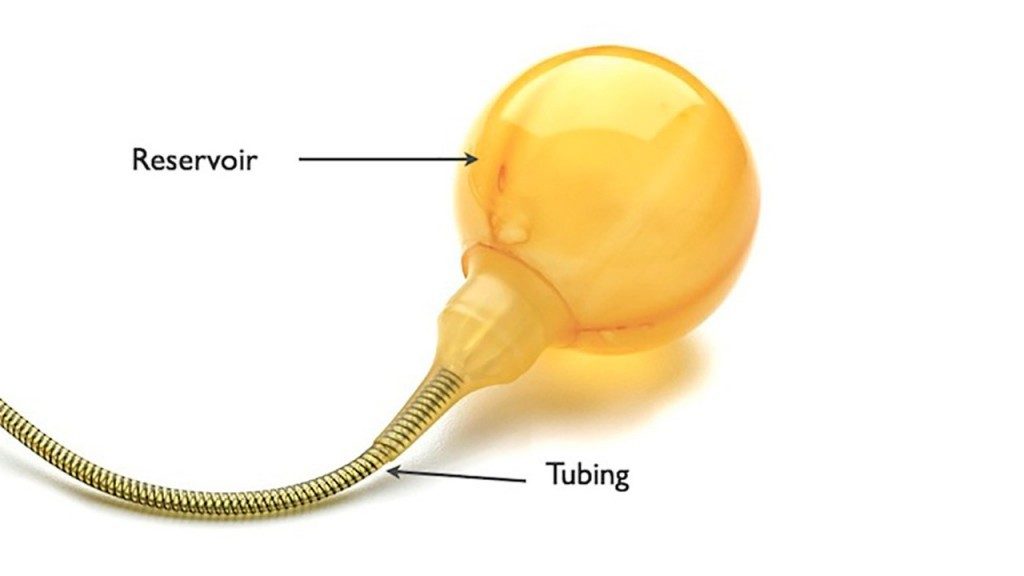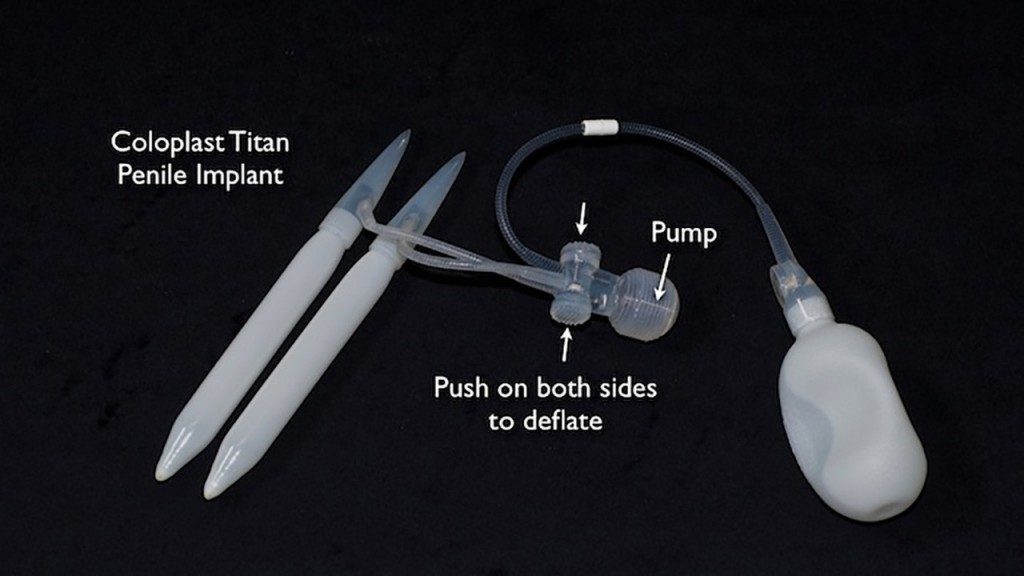Penile Implants Types
Home > Erectile Dysfunction > Penile Implants Types
When non-surgical ED treatments fail or are not well tolerated, penile implants remain an excellent option to restore the ability to have sexual intercourse. Penile implants are manufactured by Boston Scientific, formerly American Medical Systems (AMS) and Coloplast, formerly Mentor. Inflatable penile implants are by far the most commonly used type of penile implant for erectile dysfunction (ED). However, there are also other types – a malleable (semi-rigid) and Ambicor (2-piece).




It can be difficult to for a man considering the different types of penile implants to determine which product is better. Urologists who publish or give lectures on the topic of penile implants are often paid consultants with one company and tend to support that particular penile implant type. These relationships must be mentioned when manuscripts are submitted for publication in Urology journals or abstracts are submitted for presentation at Urology meeting such as the Annual Meeting of the American Urological Association. However, these relationships that create the potential for bias are seldom disclosed on the internet. The Center for Reconstructive Urology and Dr. Gelman have never accepted any monetary funding from an implant manufacturer. Disclosures of these relationships can be found here:
https://openpaymentsdata.cms.gov/search/physicians/by-name-and-location












